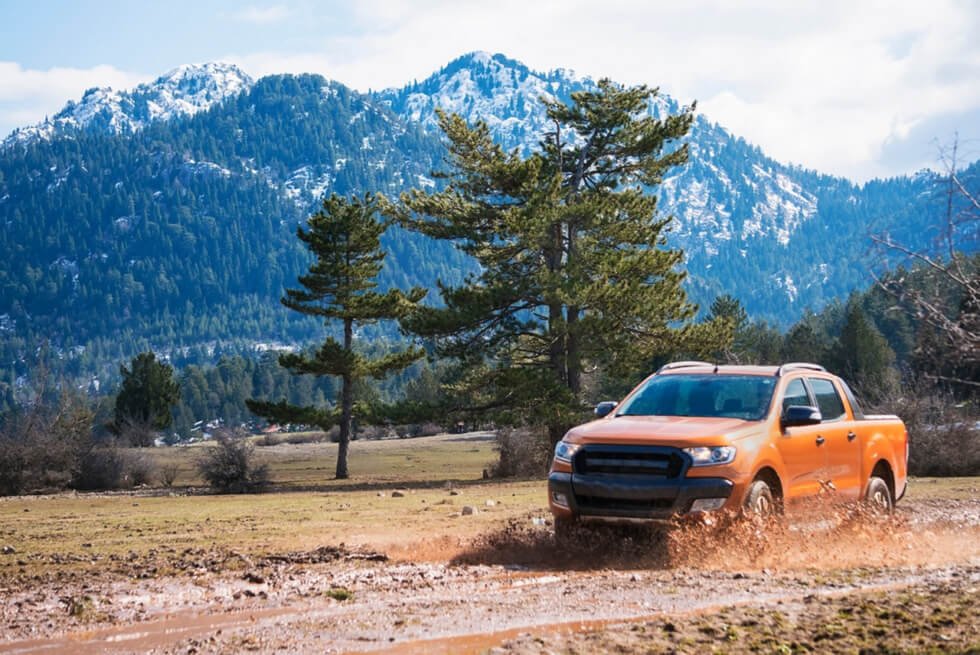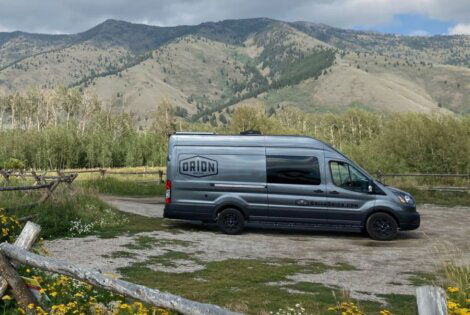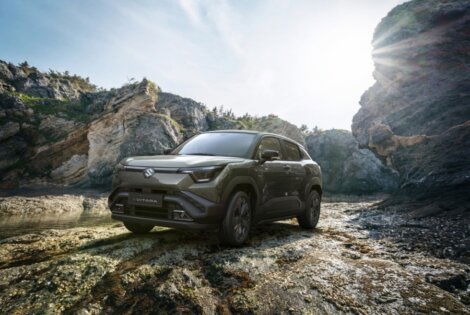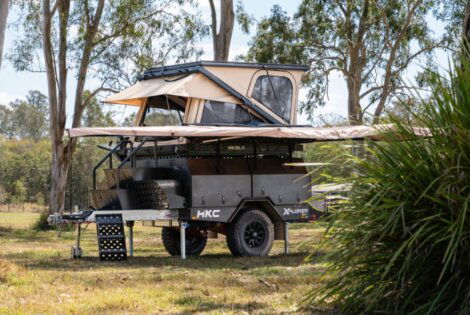The market for off-road vehicles is growing fast. Studies show the ORV market surpassed $15 billion in 2020 and is anticipated to grow at 7% CAGR between 2021 and 2027. The need for construction, reduced fuel consumption and decreasing maintenance costs are driving demand for the ORV market. Having an off-road truck will open up all kinds of new areas for you to explore. Off-road accessories can also increase the overall value of your truck, especially if it’s designed for commercial purposes.
Whether you’re looking to dominate the outdoors or increase the potential of your vehicle, learn how to modify your truck for off-road settings to create the ultimate adventure.
1. Lift Kit or Suspension Kit
One of the first items you’ll need is a lift kit or suspension kit. This raises the suspension of your vehicle. Most factory trucks aren’t designed to be used in off-road settings. Manufacturers tend to keep the suspension as low as possible for the sake of aerodynamics, fuel efficiency and safety, but that’s not the case if you plan on leaving the pavement behind.
These kits are important for two reasons: They give your truck additional ground clearance for safely moving over rocks and other debris while making room for larger, thicker tires. You’ll also sit higher than you would normally, giving you a better view of your surroundings with a larger stance to give your vehicle that off-road look.
The kit should come with everything you need to safely lift the suspension, including reinforced springs and bushings for improved stability and performance. Raising the suspension can put additional pressure on certain parts and components, including the shock absorbers, tie rods and braking system.
The more you lift your truck, the more geometry will change. A two-inch lift kit should be enough to navigate most outdoor settings.
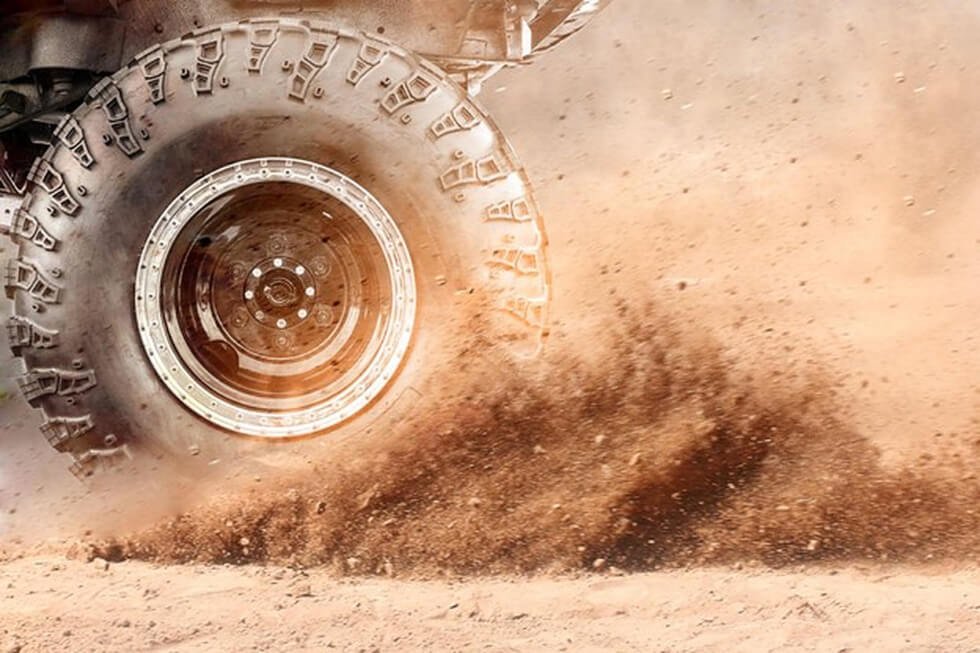
2. Off-Road Tires
Once you’ve lifted the suspension, you can add larger tires and wheels that are designed for off-road conditions. They come with increased puncture resistance and improved tread patterns that maximize surface area for more traction in the mud and snow. You can upgrade to 35-inch or 37-inch tires, depending on the size of your truck.
Having larger tires can reduce fuel efficiency, but you don’t want to get stranded in the middle of nowhere just to save some money at the pump. Choose all-weather or all-terrain tires to strike the right balance between on and off-road performance. Go with mud-terrain or winter tires if you plan on primarily driving off-road.
3. Aftermarket Illumination
Visibility can be an issue when driving off road at night. There won’t be as much ambient light in the air, which will help you see the stars, but that’s about it. There are also more hazards to avoid in the wilderness. Take the extra step of adding a highly durable LED light bar to the front or top of your truck. These headlights come with additional lumens with puncture-resistant casings to help you see in all kinds of conditions.
4. Vehicle Protection
Your truck is made up of tens of thousands of individual parts, and they all need to be protected from the elements. Factory trucks come with thin aluminum frames and coverings that can leave your diesel parts vulnerable to damage. A large rock or sudden bump in the road can smash the front of your truck or scrape against the underbelly. This can damage your fuel and cooling systems as your vehicle starts to leak fluid all over the forest floor. Many diesel trucks use exhaust gas recirculation (EGR) coolers to prevent overheating.
Diesel engines also need precise levels of fuel and air to power the engine. If the ratio is off, your engine will suddenly lose power while consuming more fuel than necessary. Without these fluids, your vehicle will slowly lose power or overheat, damaging other components before your car eventually stops moving altogether.
Protect your vehicle as much as possible with a reinforced grille. The steel bar will be your first line of defense when rubbing up against obstacles in the field, so your engine parts don’t get damaged. Attach a steel skid plate to the underbelly of your truck to protect the oil pan and cooling system.
Check your injection control pressure (ICP) valves and replace them as needed to make sure your engine isn’t consuming more fuel than it should while delivering a steady stream of power.
5. Winch
You never know when you might get stuck in the middle of soggy bog or thick patch of snow. Nothing will kill your vibes like the sound of your tires sputtering out. Resistance bands and metal chains can help you get your bearings if you get stuck, but they only offer so much protection. It’s best to attach a winch to the back of your truck. It comes with a durable metal hook and a motorized engine for pulling your truck out of an otherwise messy situation.
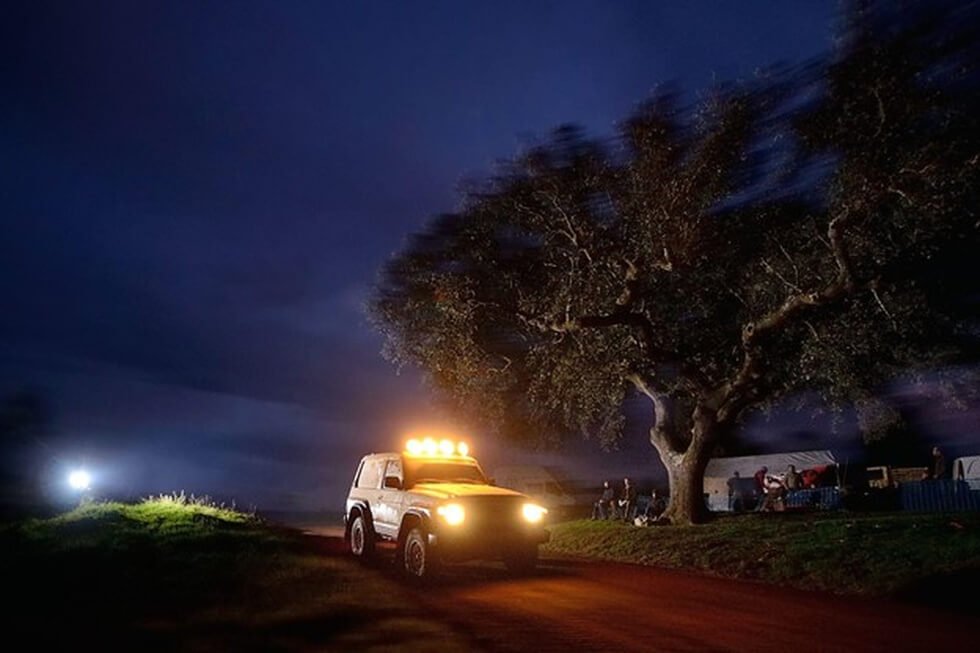
6. Roof Rack
From camping gear to first aid supplies and spare tires, you can never have too much storage space when traversing unpredictable terrain. Your truck bed will quickly fill up with all sorts of gear. Thus, consider installing a roof rack to give yourself some extra space. You might even be able to add a sleeping compartment to the roof of your truck, so you don’t have to sleep on the ground. It’s always better to be overprepared than under when facing the wilderness.
The wilderness can be rough on your vehicle. Rocks, debris and mud can wear down internal parts and components, forcing you to replace your diesel parts more often than you might expect. Regularly inspect and maintain your vehicle when driving off-road. Change the oil often and watch out for warning signs that something is wrong with your vehicle. This includes rough or hard starts, steering and braking issues, and increased fuel consumption.
Use these tips to make the most of your time in off-road settings. Make the necessary modifications to give yourself some much-needed peace of mind.

